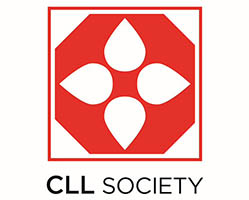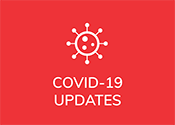Authored by Ann Liu, PhD
Medically Reviewed by Brian Koffman, MDCM (retired), MSEd
The Bottom Line:
Combination ibrutinib–venetoclax–obinutuzumab provided short-term control for patients with Richter’s transformation, but responses were not durable.
Who Performed the Research and Where Was it Presented:
Dr. Tamar Tadmor from Bnai-Zion Medical Center and colleagues presented the results at the American Society for Hematology (ASH) Annual Meeting 2024.
Background:
Richter’s transformation is a rare complication of chronic lymphocytic leukemia (CLL) and small lymphocytic lymphoma (SLL), where the disease turns into an aggressive lymphoma. It is commonly treated with chemoimmunotherapy, but outcomes are poor, with only 20-30% of patients achieving a complete response and a median progression-free survival of 6 to 12 months. In this clinical trial, researchers tested a combination of three targeted therapies for treating Richter’s transformation: BTK inhibitor ibrutinib, BCL2 inhibitor venetoclax, and anti-CD20 monoclonal antibody obinutuzumab.
Methods and Participants:
This was a phase 2 clinical trial of fixed-duration combination ibrutinib, venetoclax, and obinutuzumab given for 12 months in patients with Diffuse large B-cell Lymphoma or DLBCL-type Richter’s transformation, the most common form of Richter’s transformation. The ibrutinib dose was 560 mg per day, which is the dose for lymphoma, rather than the 420 mg per day that is used for CLL / SLL. Venetoclax was ramped up over 10-14 days instead of the five weeks that are normally used in CLL / SLL because Richter’s transformation progresses much more rapidly than CLL / SLL.
Results:
- Twelve patients enrolled in the trial had a median age of 78 years.
- Eight patients were treatment-naïve, and four patients had been previously treated.
- After three months, the overall response rate was 70%, and the complete response rate was 30%.
- However, after 6 months, the overall response rate dropped to 38%, and the complete response rate dropped to 25%.
- Median progression-free survival was 4 months, and median overall survival was 8 months.
- The most common side effects were low neutrophil count (40%), low platelet count (50%), diarrhea (40%), and skin rash (50%).
- No tumor lysis syndrome or atrial fibrillation was observed.
Conclusions:
Ibrutinib-venetoclax-obinutuzumab may be useful for initially controlling Richter’s transformation in these elderly patients, but responses were not sustained. We still need effective and more durable treatments for Richter’s transformation. Clinical trials are probably the best option for patients with Richter’s transformation as researchers try to find more effective therapies, and present therapies are too often disappointing.
Links and Resources:
Watch the interview on the abstract here:
You can read the actual ASH abstract here: Phase II Prospective Trial of Fixed Duration Obinutuzumab, Ibrutinib, and Venetoclax in an Elderly Cohort of Patients with Richter’s Syndrome-Givers Regimen

















